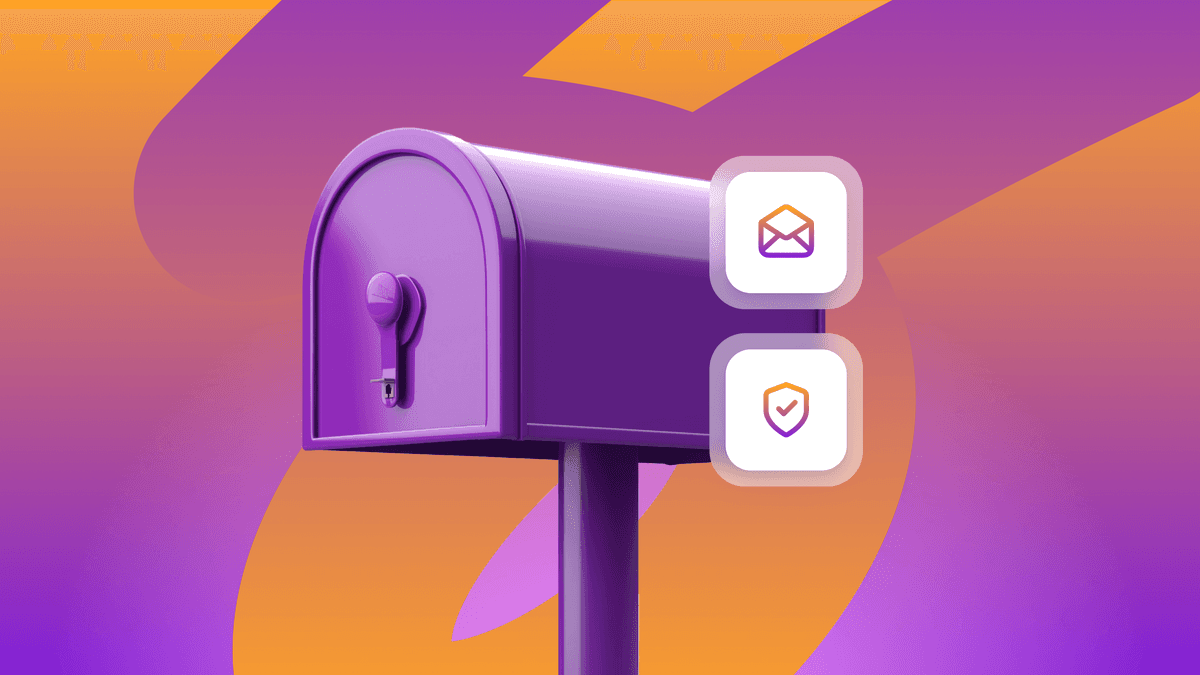3 Mobile Tactics that Power Smart Travel Marketing
Published on June 02, 2017/Last edited on June 02, 2017/4 min read


Team Braze
In the decade since the introduction of the first iPhone, the rise of mobile has had a major impact on virtually every industry—upending entrenched brands, transforming customer behavior, evolving expectations, and more. And while the impact on the travel space has been slower to come than other verticals, mobile is having a major impact here, too.
Mobile travel bookings nearly doubled during 2015. Many segments of the travel market have been affected—in particular same-day hotel bookings, where the majority are already made on mobile devices. Beyond last-minute arrangements, mobile has made it possible for brands to enhance search, better understand their customers, and provide the kind of value-focused, responsive experiences that drive long-term brand/customer relationships.
Travel apps may see a long activity gap between trips, but the key to engagement is developing consistency early on. So, how can you ensure users will return to your app the next time they need to book a trip? It’s all about relevance. There’s a lot to be gained from creative approaches, personalization, and push.
Creating the ultimate travel app experience isn’t easy. Apps that are just an extension of your brand’s desktop site will limit opportunities to engage users in new ways. But if you take full advantage of what mobile makes possible in this space, it can do a lot to keep you ahead of the pack. Here are three tactics that can help you get there:
1. Make it an all-in-one experience
If your brand’s app touches multiple parts of the travel experience, you can use that functionality to boost engagement and delight your users.

Airbnb’s welcome email gives you a hint of their tone but also all the potential functionality to be explored once a user gets started.
For instance, Airbnb has room booking, host communication, travel group coordination, and local attraction search all in one place within its native app (as well as its mobile and desktop web experiences). This multifaceted functionality nudges travelers to spend more time on Airbnb’s platform when booking—and that makes it more likely that they’ll actually remember to return the next time they’re planning a trip.
2. Keep Track of User Preferences
While the rise of mobile has made it easier for brands to provide valuable user experiences, it’s also set the bar for everyday outreach—83% of customers now expect personalized experiences from brands. To make that happen, it’s important to ensure that you’re collecting the right customer data for your marketing needs. But you can also give your audience the opportunity to weigh in directly by giving them access to a preference center.

Users know what they want from their usual searches and Momondo’s preference center helps them save time.
With a preference center, your customers can choose to opt into the kinds of messages they’re most interested in receiving, and give you insight into when and how often they want to be reached. Momondo encourages users to not only set communication preferences, but also their search preferences, making every interaction with the app more efficient. And because Momondo saves these preferences, customers can adjust them whenever they want to.
Onboarding is a great time to guide users to open the preference center and teach them about it. A few screens to walk through the process can go a long way. People want to have customized experiences and preference centers help make that happen–but only if users know about it.
3. Use What You Know to Personalize Outreach
Once you’ve got the information you need to understand your customers, it’s time to use that understanding to improve your overall user experience. Using personalization or dynamic content to tailor messages to include users’ names, locations, or individually customized recommendations can help provide users with brand experiences that deliver real contextual value. For instance, if the trip a user booked through your app has them flying into New York’s JFK airport, and your weather API knows it’s snowing there, you can trigger a customized push notification that will give them a heads-up.

Hopper sends super-relevant push about when to buy, plus they do a great job explaining the value during onboarding.
Since push notifications are a great way to reach users outside of your app, they can be an effective tool for inviting users back—but don’t neglect the rest of your customer outreach channels. Targeted, cross-channel campaigns can help to fill the engagement gap—providing users with transactional or promotional information before, during and after their trip. This consistent, user-centric outreach is a powerful way to demonstrate the benefits of using your brand.
Anything else?
To dig even deeper into how mobile’s affecting the travel industry—and how best to respond to it—check out our travel and hospitality lifecycle marketing hub.
Be Absolutely Engaging.™
Sign up for regular updates from Braze.
Related Content
View the Blog
Look out: Outlook's new email requirements and what they mean for Braze senders

Alison Gootee

How the Braze Data Platform enhances flexibility and fosters collaboration

Sahiz Kaur

Customer churn prediction: Using data for smarter retention
